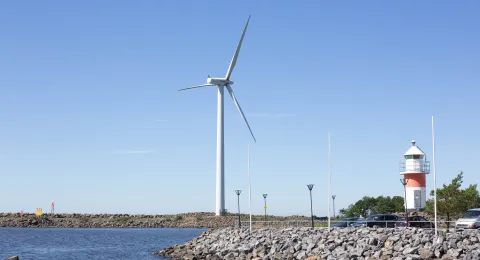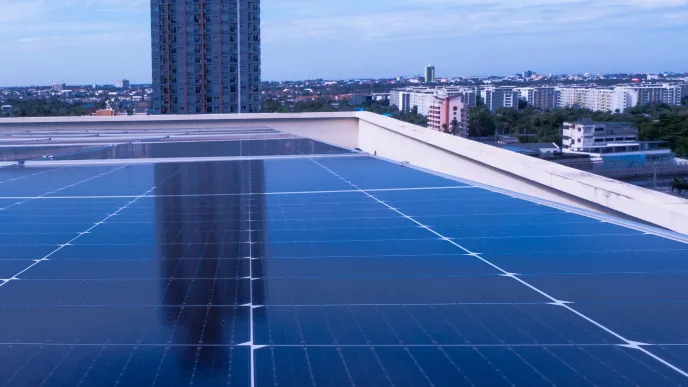Due to the ongoing energy transition, electricity is increasingly produced with wind and solar power. Optimising sites for new power plants is more important than ever. Researchers at LUT have developed a novel method to evaluate how new wind power capacity and its location affect electricity market prices, returns on investments, and societal benefits in Finland.
“The windiest locations aren't always the best for wind power. Distribution across Finland decreases price cannibalisation, price volatility, and harmful grid bottlenecks while increasing the profitability of investments,” says Junior Researcher Markus Salmelin from LUT's Laboratory of Electricity Markets.
Currently, Finnish wind power is mostly generated on the country’s west coast. However, concentrating weather-dependent energy production in specific locations leads to price cannibalisation: overlapping peaks in generation drive down electricity market prices and eat away at producer revenue.
The study used a simulation environment to examine the financial effect of adding 100-megawatt (MW) wind farms at various locations in Finland one at a time. The analysis was based on ERA5 global weather data and Nord Pool price data. The study found that price cannibalisation was most severe in Western Finland but much less significant in Eastern Finland.
“Additional installation of new onshore wind power in high-capacity areas such as the west coast would cut producer revenues by as much as nine euros per megawatt hour,” states Jukka Lassila, professor of electrical engineering at LUT.

Dispersion leads to consumer savings
According to the study, geographical dispersion also benefits consumers. Dispersed wind power could reduce electricity price fluctuations and lower prices by as much as 1.40 euros per megawatt hour (MWh) on average.
According to the researchers involved in the study, new wind farms are welcome as long as developers consider the broader societal and economic impacts when choosing locations.
A further study will explore how adding new wind power capacity to the electrical power system influences related investment profitability across Finland. The evaluation will focus on matters such as the financial profitability of wind power installation in Northern Finland, considering the current limitations of the transmission network.
The study will also take into account infrastructure development and provide a roadmap on the sites and schedules for future wind power investments.
More information:

Jukka Lassila






